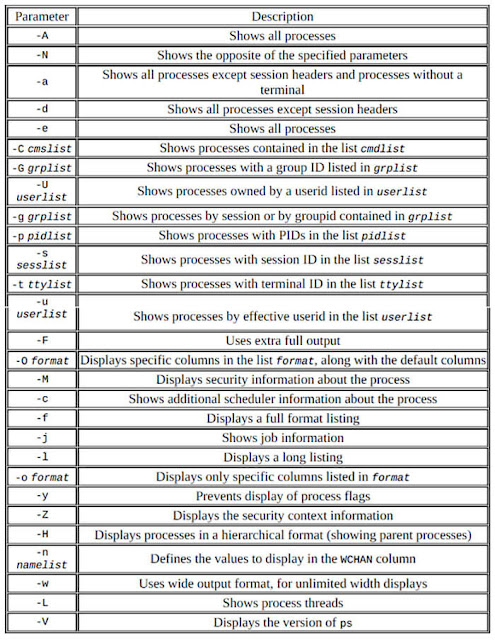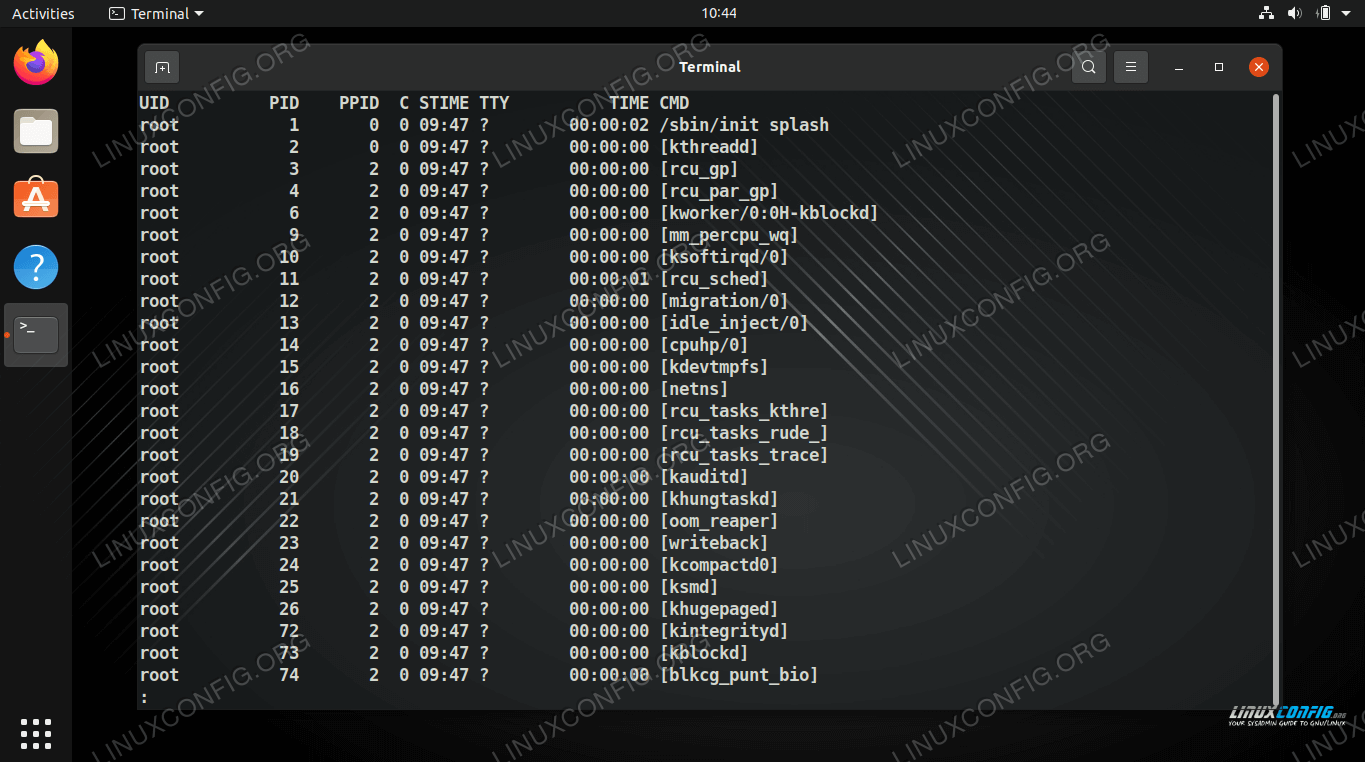

To display processes by process id, use the "-p" option and provides the process ids separated by comma. To search the processes by their name or command use the "-C" option followed by the search term. Multiple usernames can be provided separated by a comma. To filter the processes by the owning user use the "-u" option followed by the username. $ ps -ef -f Why is the USER column not displaying my username, but showing others like root, www-data etc ?įor all usernames (including yours) if the length is greater than 8 characters then ps will fall back to show only the UID instead of username. Use the "u" option or "-f" option to display detailed information about the processes $ ps aux Pipe the output to "less" to make it scrollable.
#Ps ef unix command full#
The following command will give a full list of processes $ ps ax For example "ps ax -f".īut in this post we shall mostly focus on the unix style syntax. ps -ef It is okay to mix both the syntax styles on linux systems. UNIX/LINUX style - The options in linux style syntax are preceded by a dash as usual. But "u" means show detailed information.īSD style - The options in bsd style syntax are not preceded with a dash. For example "-u" is used to show process of that user. Note : "ps aux" is not the same as "ps -aux".

So here is some basic info to get it clear before moving on. New users are often confused with and mis-interpret the two styles. The ps command comes with an unusual set of 2 syntax styles. In this post we are going to revise the basics of using the ps command to check the processes and filter and sort them in different ways to suit better. Even though it has fewer features, it is still an essential process management and monitoring tool that every linux user should know about. It does not display data in real time like top or htop commands.


 0 kommentar(er)
0 kommentar(er)
